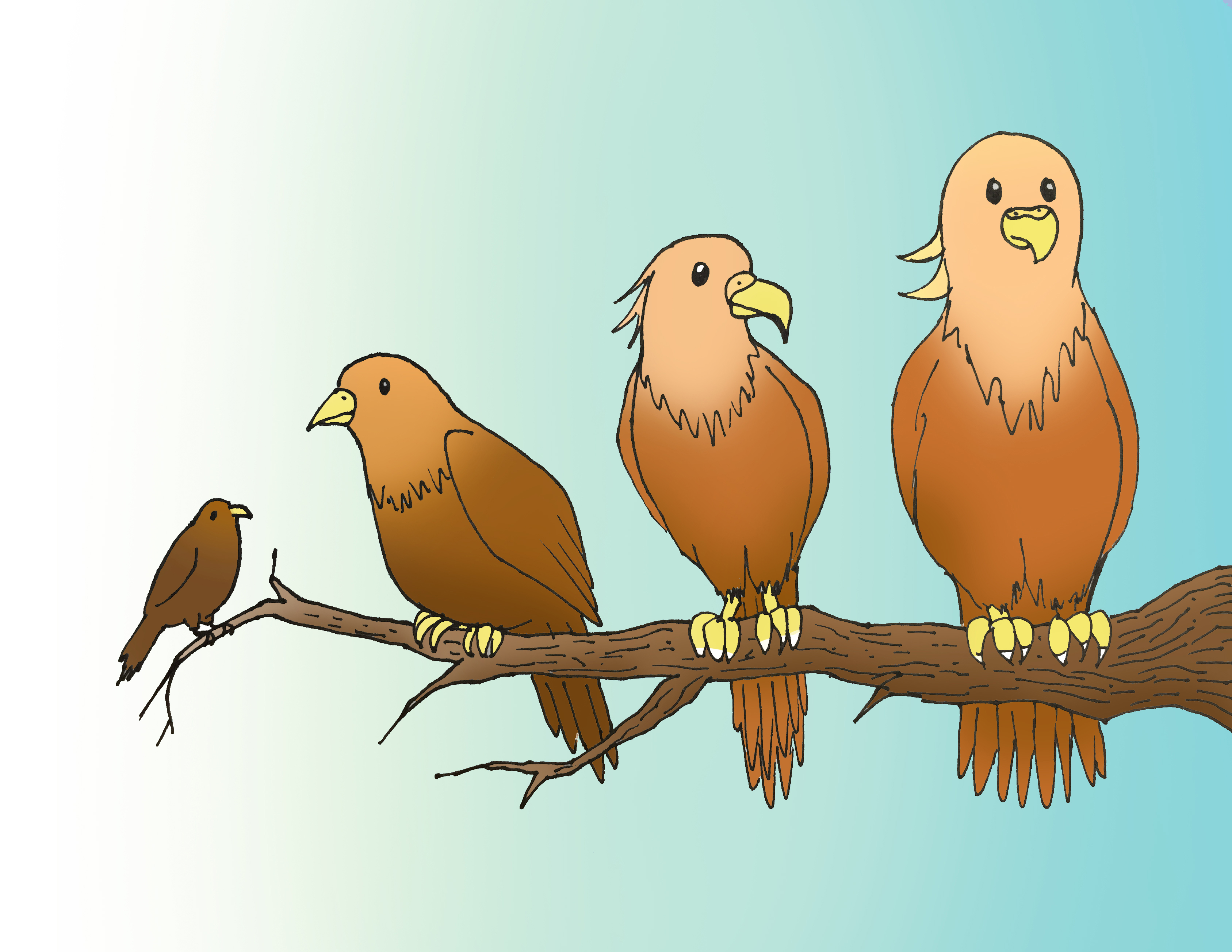
Researchers from Yale, Cornell and Florida State University released an updated and highly comprehensive evolutionary tree of birds last Wednesday in the journal Nature.
The focus of the research was on the evolutionary branch, or “clade,” called “Neoaves,” which includes more than 90 percent of all birds. The new phylogenetic tree of birds depicts both interrelationships between different species of birds and the general timeline of important evolutionary events for each species. Until now, the phylogenetic tree of the clade Neoaves suffered from various gaps in information, according to Richard Prum, professor of ecology and evolutionary biology at Yale and co-author of the study.
“The relationships among [the clade Neoaves] group have been very poorly resolved,” Prum said. “We have come up with the first well supported phylogenetic resolution of that group.”
In the tree, many of the evolutionary divergences — a process in which one species becomes multiple separate species over time — took place in short spans of time, which proved a challenge to the researchers. Daniel Field, co-author of the study and a graduate student at Yale, said the problem with these short branches on the tree is that there is not much time for species to develop traits that would tell scientists more about their evolutionary history. If the time span between new species were larger, Field added, then more genetic and anatomical similarities would form that could then elucidate the relationships between different groups of birds.
The researchers’ success in compiling an accurate phylogenetic tree depended on a few key factors. First, the study required a very large sample size, with researchers analyzing 198 species of birds and two crocodilians. Most of the specimens were from the Yale Peabody Museum of Natural History, with additional contributions from collaborating institutions, Jacob Berv, co-author of the study, said.
To analyze the data effectively, researchers used a relatively new method of genome sequencing called anchored phylogenomics, a means of analyzing selective data pioneered by Alan and Emily Lemmon, professors at Florida State University and co-authors of the paper. The researchers only sequenced DNA from around certain “conserved” sequences. The researchers considered the DNA conserved because it is common to all birds within the ancestral tree. However, the regions around those conserved sequences had much more genetic variation. That variation conveys a lot about the divergence of different species, Prum said.
After the data was collected, the researchers used Yale’s computational resources to analyze the data and create the phylogenetic tree, using heuristic optimization techniques, Berv said.
“It was a computationally difficult problem,” Berv said, “because the number of possible relationships that can relate a group of organisms is enormous.”
According to Kristof Zyskowski, collections manager at the Peabody Museum, the study’s end result is the new phylogenetic tree of birds, which researchers can use to map various evolutionary characteristics. Zyskowski said he uses the bird phylogenetic tree in his own research on the evolutionary history of bird nest structure.
“Every improvement on a tree brings you closer to the truth of what the actual pathway of evolution of a given nest structure was,” Zyskowski said.
While Prum said the response to the paper has been positive thus far, he added that researchers who disagree with the methods of analysis used can access all of the data collected in this project online and put it through their own methods of analysis. Prum said he is confident, however, in the validity of the new phylogenetic tree.
Birds evolved from small carnivorous dinosaurs called theropods.







